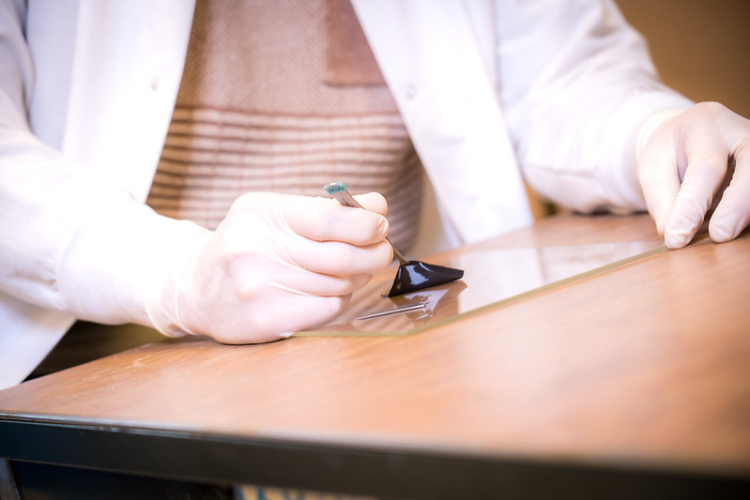Electron ‘spillway’ could make lithium batteries safer
Engineers in the US have created a new type of separator for lithium batteries that acts as a safety buffer in case of battery failure.

Lithium batteries generally fail due to the appearance of needle-like structures called dendrites, which build up on the anode after multiple charging cycles. These dendrites can grow long enough to pierce the separator that divides the anode and cathode, creating an electron pathway that causes an internal short circuit. When that happens, the flow of electrons gets out of control, causing the battery to instantly overheat and stop working.
Semi-solid electrolyte improves lithium-sulphur batteries
AI-based technique predicts useful life of batteries
Developed at the University of California San Diego, the new separator features one side that’s covered by a thin, partially conductive web of carbon nanotubes. This web intercepts any dendrites that form, allowing electrons to be released gradually rather than all at once.
“We’re not trying to stop battery failure from happening. We’re making it much safer so that when it does fail, the battery doesn’t catastrophically catch on fire or explode,” said UCSD nanoengineering PhD student Matthew Gonzalez, first author of the paper, published in Advanced Materials.
Register now to continue reading
Thanks for visiting The Engineer. You’ve now reached your monthly limit of news stories. Register for free to unlock unlimited access to all of our news coverage, as well as premium content including opinion, in-depth features and special reports.
Benefits of registering
-
In-depth insights and coverage of key emerging trends
-
Unrestricted access to special reports throughout the year
-
Daily technology news delivered straight to your inbox










Water Sector Talent Exodus Could Cripple The Sector
Maybe if things are essential for the running of a country and we want to pay a fair price we should be running these utilities on a not for profit...